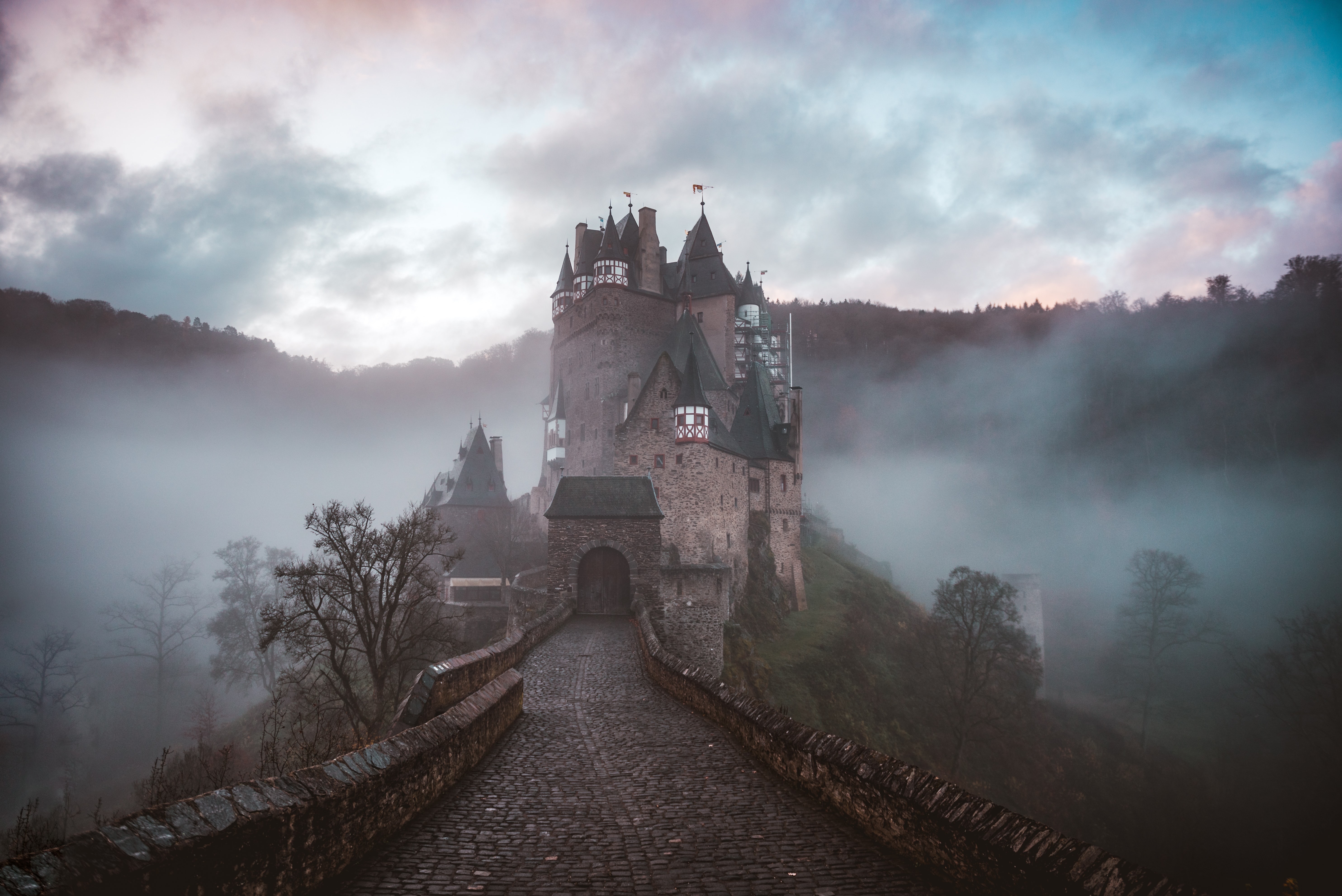What is Dark Tourism?
People visit to locations associated with death and tragedy in this type of tourism. Dark places are often ones that remind tourists of human pain or carnage. Though it may seem strange to people all over the world, it is extremely common in a nation like India, which has such a long history. According to some, it is conducted to learn about the past, but for others, it is linked with curiosity to learn about the tales common about that specific location. This type of tourism is sometimes known as "Grief Tourism" or "Black Tourism."
What are the effects of Dark Tourism?
Visitors who visit locations connected with death or disaster experience a negative spectrum of emotions such as terror, dread, depression, grief, revenge, and so on. Visitors' perspectives may differ depending on the reason for their visit. Some may get insights into the site's history and occurrences, while others may view it as a new type of tourism that supplied them with a chunk of information to share with their group.
What are the reasons behind Dark Tourism?
Every tourist has a distinct reason for taking the journey, however in the case of Dark Tourism, these reasons are very unusual but intriguing. Some visitors go to Dark places to commemorate a catastrophe and its aftermath. Dark Tourism might be pursued because of an interest in the human mind. Nostalgia may also be a motivating reason for Dark Tourism, since troops who were participated in a particular battle may struggle to survive in a calm environment. As a result, they are unable to receive pleasure from suffering or distinguish between good and evil. Dark Tourism, for some, makes the imagination concrete by allowing them to view the devastation caused by humanity. Those that are interested in photographing various places are drawn to Dark locales. Some individuals appreciate the notion of Dark Tourism because they want to pay their respects to the deceased. People travel to locations linked with sorrow and catastrophe in order to broaden their understanding. For some, visiting the locations connected with Dark Tourism is motivated by a sense of heritage.
What are the challenges of Dark Tourism?
The most significant problem that Dark Tourism faces is a lack of advertising. Travel companies and operators are unable to give adequate services to Dark Tourists due to a lack of advertising. Due to limited connection, travellers are unable to visit the Dark locations. The image of India as a cultural and regional powerhouse also impedes the growth of Dark Tourism. The Tourism Government does not receive adequate cooperation from the people to develop Dark Tourism and increase Dark Tourist satisfaction. One of the biggest impediments to Dark Tourist is a lack of money for the growth of the tourism sector.
Dark Tourism Sites in India:
India's rich past makes it an ideal destination for Dark Tourists. India is home to a plethora of locations that come under the heading of "Dark Tourism":
Rajasthan's Bhangarh Fort:
This fort, located in Rajasthan's Alwar area, was erected in 1573 A.D. by Raja Bhagwant Singh for his younger son Madho Singh. It is often assumed that the fort was cursed by a tantrik priest who fell in love with the royal daughter but was killed. So he attempted to cast a spell on the princess, and when it failed, he cursed the princess, her family, and even the entire hamlet. It is claimed that because the family died, the souls of those who died still wander there.
Rajasthan's Kuldhara: Kuldhara, located 17 kilometres from Jaisalmer, was a wealthy community until the 19th century, when the village, along with the neighbouring 83 villages, inexplicably vanished. Many people from all over the world come here to witness the dark side of Rajasthan and learn about its terrible legends.
Jallianwala Bagh, Amritsar: This is the site of the most depressing and memorable occurrence in Indian history. On April 13, 1919, hundreds of innocent and defenceless people were ruthlessly murdered by the British Army. People come to this location to observe the bullet holes that were produced on that day and are still visible today. These depict the heinous tragedy that occurred that day.
Gujarat's Dumas Beach: This beach, often known as the Devil's Paradise, is located along the Arabian Sea. It is believed that this beach was previously utilised as a cremation site, therefore the shore is coated with black sand that was left over as ashes. Several ghostly phenomena have been seen on this beach at night. Many strange voices, according to neighbouring residents, have also been heard. This location is frequently listed as one of the most haunted in the country.
Goa's Three Kings Church: This haunting church is 15 kilometres from Velsao in Goa. Locals who went for a nighttime walk near the church reported unusual occurrences. The eerie narrative is based on three kings' avarice. It is claimed that they killed each other in order to win control of that land, and their souls now roam the church grounds.
Uttarakhand's Skeleton Lake: Roopkund Lake is a glacial lake at a height of 5,029 metres. This lake is supposed to house the bones of deceased individuals. This lake is usually frozen all year, but when the ice melts, bits of flesh, hair, clothing, jewellery, and other items are discovered surrounding it. This lake is also known as "Mystery Lake" due to its mystical aspect.
Mussoorie's Lambi Dehar Mines: Though Mussoorie is one of India's most picturesque hill stations, it also has a terrifying sight known as The Mine of Death. In 1990, about 50,000 miners died as a result of unsafe mining operations. Nature has now taken over these eerie mines by sprouting trees and plants in the surrounding region as well as the cottages of the employees who used to reside nearby. People bawling at night, as well as other paranormal phenomena, have been reported by residents. Many automobile accidents and a helicopter crash have happened near the mines, adding to the horrific atmosphere of the area.
Pune's Shaniwar Wada: This magnificent house was erected in the 18th century by Bajirao I, who served as Peshwa under Maratha ruler Chhatrapati Sahu. Apart from being a popular tourist site, this home is also one of the most terrifying places in the country. According to the narrative, Peshwa was mercilessly murdered by Raghunath Rao's guards. He wandered around the fort, pleading with his uncle for assistance. His ghost continually visits the location where he was killed and pleads for his uncle's assistance. Residents in the area have reported hearing his bawls on specific evenings.

 Create and manage your profile
Create and manage your profile Refer an author and get bonus Learn more
Refer an author and get bonus Learn more Publish any lost and found belongings
Publish any lost and found belongings Connect with the authors & add your review comments
Connect with the authors & add your review comments Join us for Free to advertise for your business or
Contact-us for more details
Join us for Free to advertise for your business or
Contact-us for more details
 Join us for Free to publish your own blogs, articles or tutorials and get your
Benefits
Join us for Free to publish your own blogs, articles or tutorials and get your
Benefits


 1 like
1 like




